(NLDO) - Data from NASA's Dawn spacecraft shows a series of factors related to potential life on the dwarf planet Ceres.
According to Space.com, new analysis from the Institute of Astrophysics of Andalusia (Spain) based on data from the Dawn spacecraft has identified 11 regions rich in organic material - the basic ingredients of life - on the dwarf planet Ceres.
In addition, Ceres is rich in water inside as well as the energy source necessary for living organisms to be born and nurtured for a long time.
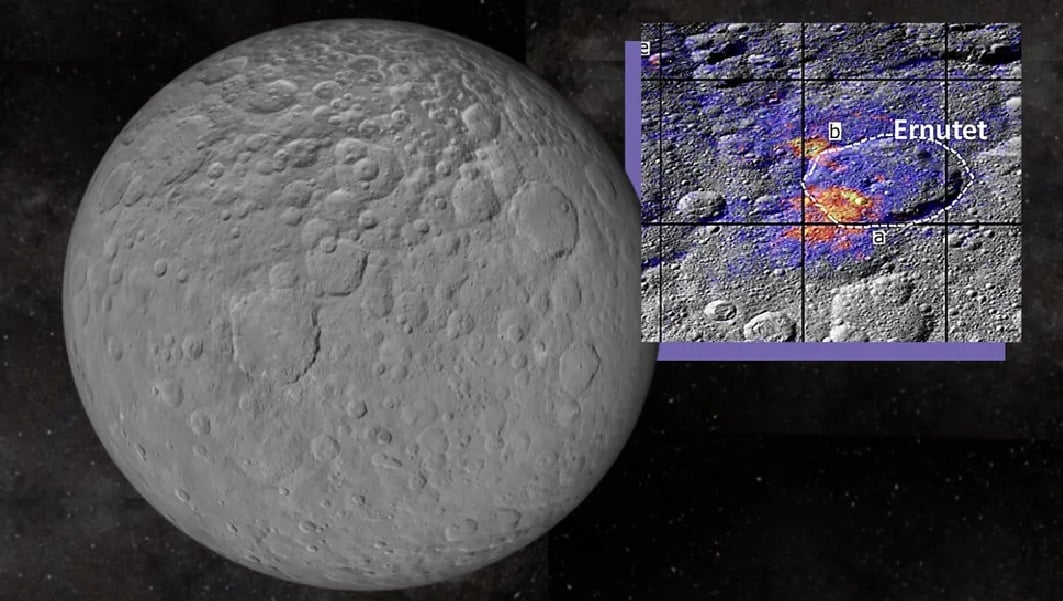
Dwarf planet Ceres and a zoomed-in image of an area that holds evidence of potential life - Photo: NASA
Ceres is the only dwarf planet in the asteroid belt between Mars and Jupiter, has a diameter of about 930km and is the second wettest body in the solar system, after Earth.
Signs of organic matter have been identified on Ceres, but previous studies have suggested it was brought in by external sources.
Because Ceres does not have a strong magnetosphere like Earth, its surface is exposed to strong cosmic radiation, enough to destroy all organic materials in a short time.
In new research – published in the Planetary Science Journal – scientists have demonstrated another hypothesis: Ceres' organic matter comes from the interior, where its rocky crust protects it from radiation.
"The significance of this discovery is that if these are endogenous materials, it confirms the existence of internal energy sources that can support biological processes," said Dr. Juan Luis Rizos, head of the research team.
In the rich Dawn dataset, the team was particularly interested in compounds detected in a region at Ceres' equator called the Ernutet impact crater.
Most of the organic-rich sites discovered are concentrated there.
Materials at sites around Ernutet crater were exposed to more solar radiation than materials within the impact crater.
That reduces the spectral characteristics of the contact materials, making them harder to detect in Dawn data.
Most prominent is an area between the Urvara and Yalode basins of Ceres, where organic matter is richest and has been dispersed by asteroid impacts that have created these basins.
Those were the most violent impacts Ceres has ever experienced, so the material must have come from deeper regions than material ejected from other basins or craters.
The amount of material the team detected suggests that organic molecules must exist in large quantities below Ceres' surface.
This is not unreasonable, because Ceres has the same composition as carbonaceous chondrite meteorites, which are the earliest materials of the Solar System and carry the early seeds of life.
"The idea of an organic reservoir in a remote and seemingly barren location like Ceres raises the possibility that similar conditions may exist on other bodies in the solar system," the authors hope.
Source: https://nld.com.vn/hanh-tinh-lun-giua-sao-hoa-va-sao-moc-co-the-co-su-song-196241208090915598.htm



![[Photo] Prime Minister Pham Minh Chinh chairs meeting on railway projects](https://vphoto.vietnam.vn/thumb/1200x675/vietnam/resource/IMAGE/2025/10/23/1761206277171_dsc-9703-jpg.webp)






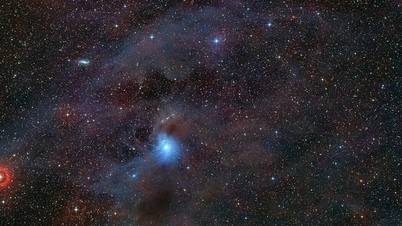






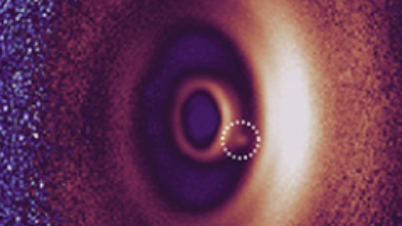









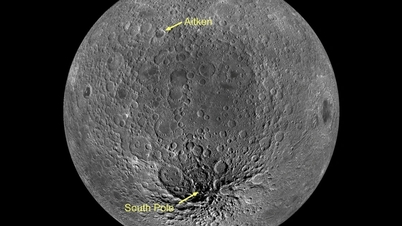

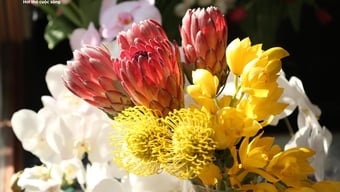





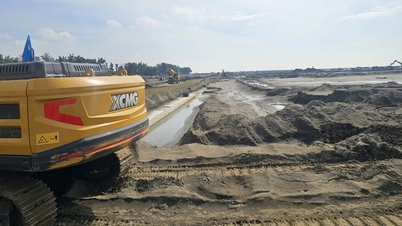


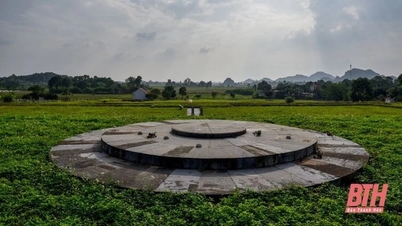





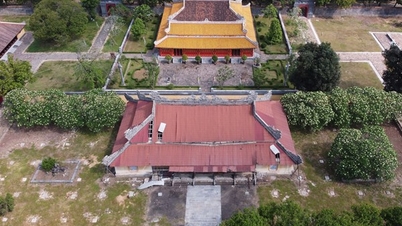
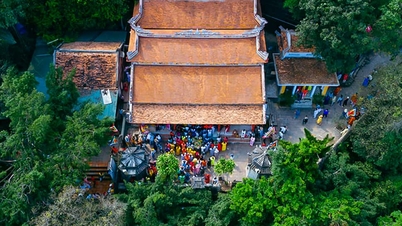


























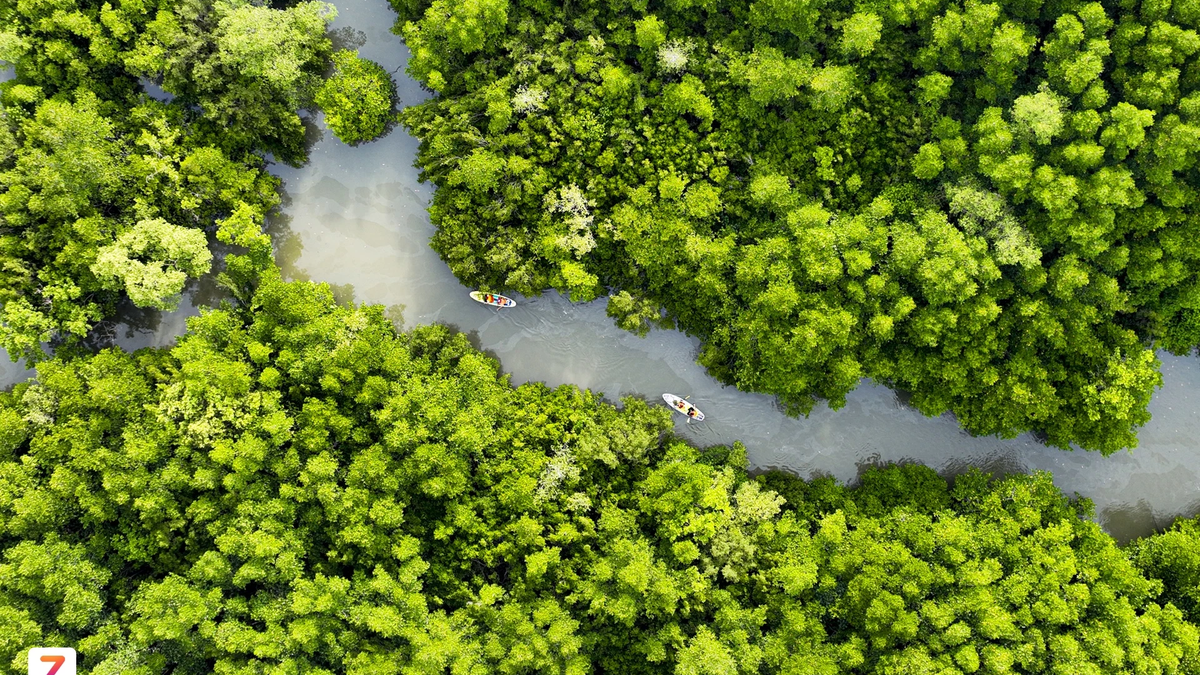
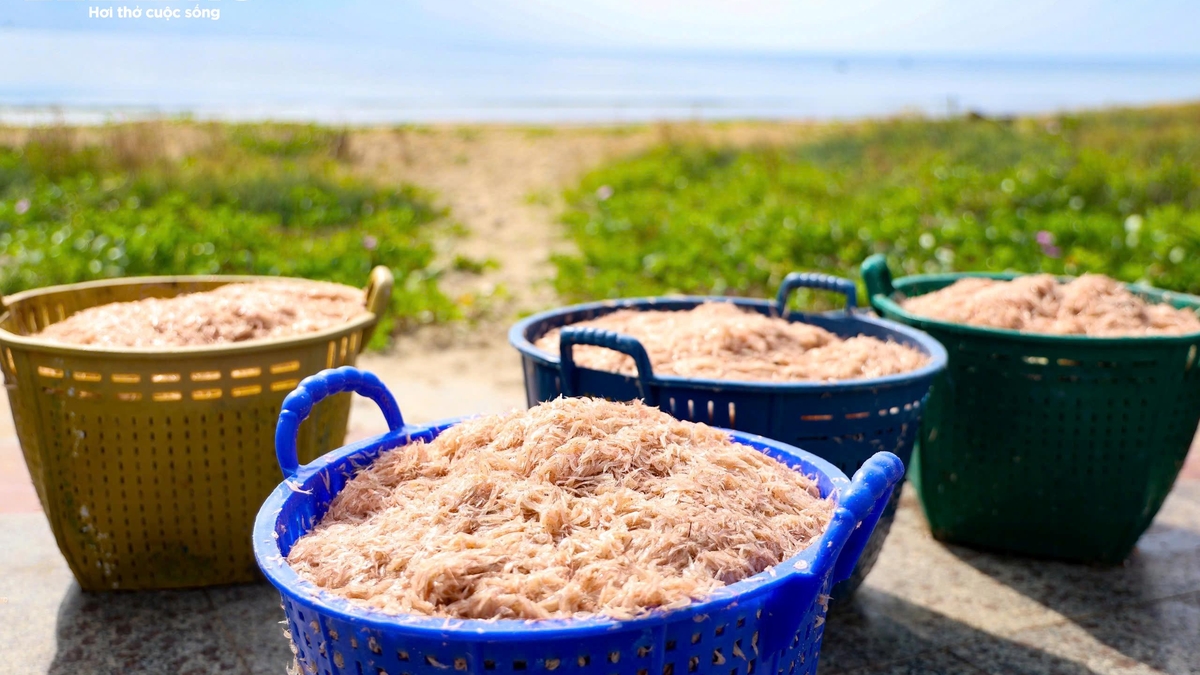









































Comment (0)